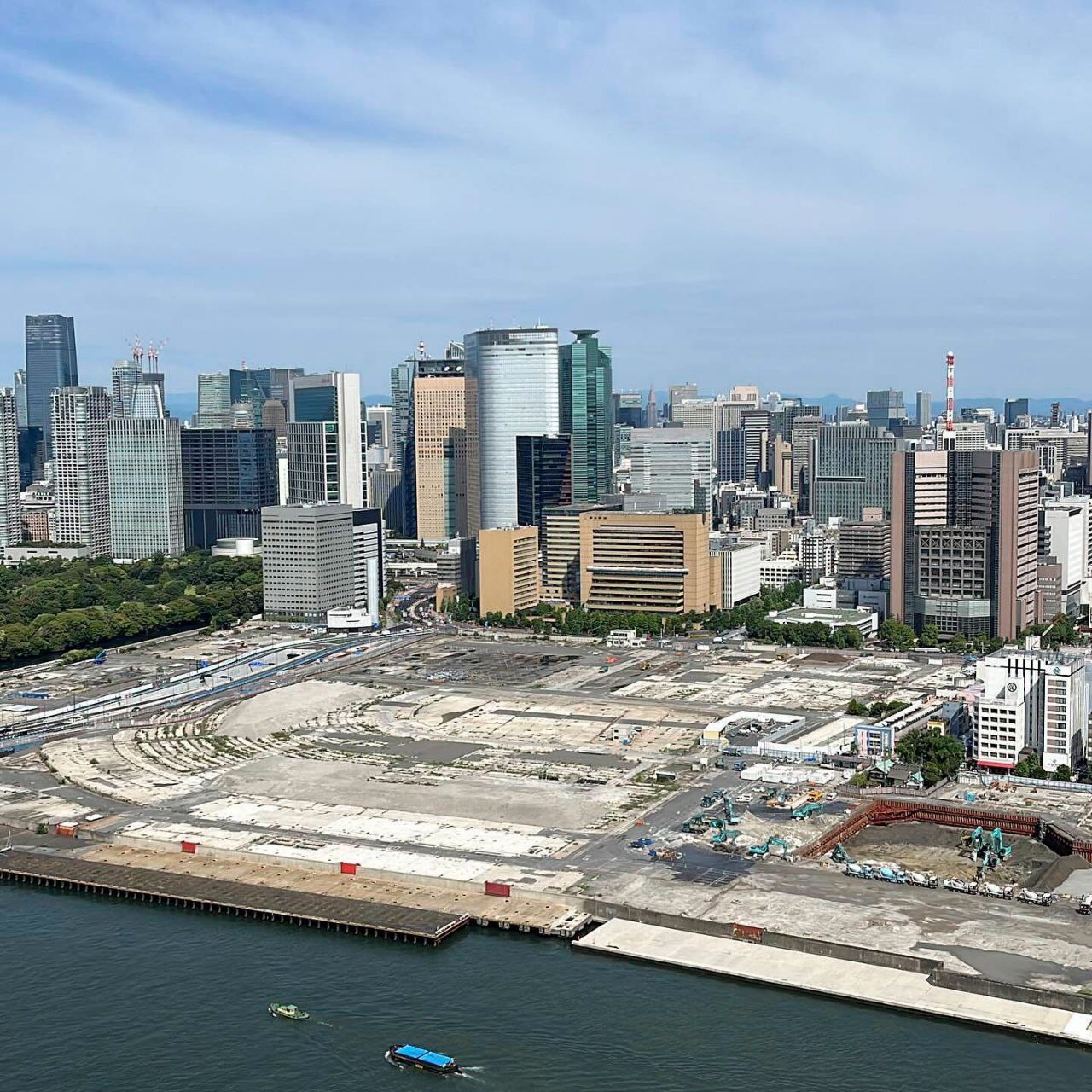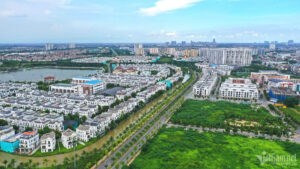The site of Tokyo’s famed Tsukiji fish market, left empty after it was razed six years ago, will be replaced by a scenic waterfront stadium and glistening skyscrapers according to plans for its redevelopment that are facing some staunch opposition.
A computer graphic video of plans for the 900 billion yen ($5.7 billion) project made by property developer Mitsui Fudosan shows air taxis zipping above the Sumida river, famed for its scenic bridges.
It’s the latest vision for what is to replace the old market famous for its tuna auctions and pre-dawn fresher-than-fresh sushi meals in shops nearby.
Mitsui Fudosan says the new development will rival top waterfront spots in places like Sydney and Singapore. The idea is to draw in plenty of people from both Japan and abroad. But some in Tokyo are opposed and would prefer to see the prime site turned into a garden.
The plans include office buildings, event spaces, greenery and residential areas, hotels and a biotechnology research center. Also, plenty of places to shop and eat out.
“We are entering a new chapter. Over the years of Japan’s modernization, waterfronts were used for warehouses and factories,” said Jiro Ueda, an executive overseeing development planning at major real estate company Mitsui Fudosan, which heads the consortium that won the bid to redevelop the area.
“We want to build facilities for sports and entertainment to move people emotionally. We want to make Japan more economically competitive.”
The consortium includes a powerful lineup including Toyota Motor, Toyota Fudosan, the Kajima, Taisei, Shimizu and Takenaka construction groups, engineering companies Nikken Sekkei and Pacific Consultants and media groups Asahi Shimbun and the Yomiuri Shimbun Group, whose baseball team, the Yomiuri Giants, may use the new arena as its home stadium.
For now, the area that used to be the sprawling main fish market is just a vacant 190,000 square-meter (47-acre) area of cement about the size of 35 football fields, with a few construction machines and a small area that has been dug up.
The city-owned land beside the Sumida River is within walking distance of the glitzy downtown Ginza and across a small bridge from Hamarikyu, a traditional Japanese garden with sculpted pine trees, a small forest and a tea house.
What’s left of the old Tsukiji market, a quaint “retro” area packed with sushi and ice cream stalls called the “jogai” or “outer area” of the market, will be kept like it is, right next to the modern development.
The fish market functions of Tsukiji were moved in 2018 to a more modern, bigger warehouse-like facility in another area of Tokyo Bay called Toyosu.
Source: AP News




